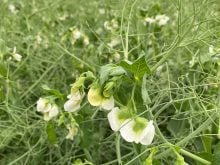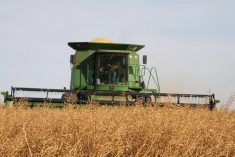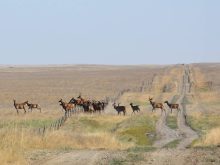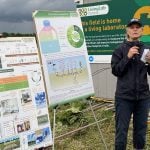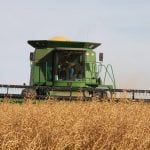Many vegetables grown on the Prairies require a long growing season to produce a mature crop. The frost-free period varies with location and is often barely adequate for vegetable production.
Some producers attempt to stretch out the season by seeding early but in some cases, spring soil temperatures are well below the required levels. The result is delayed germination and reduced yield.
“Good seed germination can significantly impact final yields and returns, as it affects plant stand and crop uniformity,” said Robert Spencer, irrigated and specialty crops specialist with Alberta Agriculture.
Read Also

Bunge’s crop mix is changing
Bunge has predominantly been a soybean processing firm, but that’s about to change after the merger with Viterra with softseed processing and grain merchandising gaining ground.
“Soil temperature, and more specifically the soil temperature in the seed zone, is critical to the level, rate and quality of seed germination.
“Slower germination increases the chance of infection by seed rot pathogens, which may result in uneven or poor plant stands and increased seed costs. Cool soil temperatures can also result in slow growing and weak seedlings.”
All crops have a minimum temperature for germination.
Below this temperature, germination will not occur because processes, such as water uptake and enzymatic activity, cannot take place.
For some crops, such as lettuce and onions, the minimum temperature may be as low as 0 C. For other crops, such as pumpkins, squash and warm season crops like tomatoes, peppers and eggplants, the minimum soil temperature is 15 C.
“As soil temperatures approach the optimum for each crop, the rate and percentage of seed germination will increase,” said Spencer.
“Most crops have an optimum soil temperature around or above 20 C. Warm season crops have an optimum soil temperature range of 21 to 29 C. Within the optimum soil temperature range, the rate of germination can vary by up to one week.”
Vegetable growers and gardeners should carefully consider the soil temperature requirements of the crops they are growing when determining the seeding date.
Growers can’t change the weather but they can employ cultural practices that alter soil temperature or minimize its impact. These practices include the use of plastic mulches, row covers and using transplants.
If growers must seed early, they should consider seed treatments or other practices to prevent losses due to seed decay.



